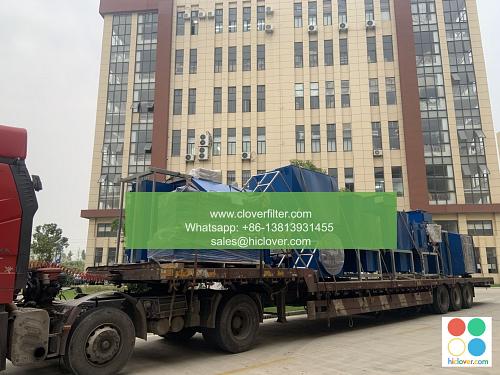Air Filter Design for Industrial Power Distribution Systems

Air filter design plays a vital role in industrial power distribution systems, ensuring the reliable and efficient operation of electrical equipment. The primary function of air filters is to remove contaminants and particles from the air, preventing them from entering the electrical system and causing damage or malfunctions. In this article, we will delve into the importance of air filter design for industrial power distribution systems, highlighting various application areas and key considerations.
Introduction to Air Filter Design
Air filter design involves the creation of filters that can effectively capture particles and contaminants, while also ensuring minimal pressure drop and maximum airflow. The design of air filters for industrial power distribution systems must take into account various factors, including the type of contaminants present, the airflow rates, and the required level of filtration. HEPA filters, ULPA filters, and activated carbon filters are commonly used in industrial power distribution systems, each with its unique characteristics and application areas.
Application Areas for Air Filter Design
Air filter design is crucial in various industrial power distribution systems, including:
– Data centers: Air filters play a critical role in maintaining the reliability and efficiency of data center operations, protecting sensitive electronic equipment from contaminants and particles.
– Power generation facilities: Air filters are used to protect electrical equipment, such as transformers and switchgear, from contaminants and particles that can cause malfunctions or damage.
– Industrial control systems: Air filters are used to protect PLC systems, SCADA systems, and other industrial control systems from contaminants and particles that can cause errors or malfunctions.
– Electrical rooms and substations: Air filters are used to maintain a clean and reliable environment for electrical equipment, reducing the risk of malfunctions or damage.
Key Considerations for Air Filter Design
When designing air filters for industrial power distribution systems, several key considerations must be taken into account, including:
– Filtration efficiency: The ability of the filter to capture particles and contaminants, measured in terms of mercury removal, particulate matter removal, and gaseous contaminant removal.
– Pressure drop: The pressure drop across the filter, which can affect the airflow rates and the overall efficiency of the system.
– Airflow rates: The rate at which air flows through the filter, which can affect the filtration efficiency and the pressure drop.
– Material compatibility: The compatibility of the filter materials with the contaminants and particles present in the air, as well as the electrical equipment being protected.
– Maintenance and replacement: The ease of maintenance and replacement of the air filters, which can affect the overall reliability and efficiency of the system.
Conclusion
In conclusion, air filter design is a critical component of industrial power distribution systems, ensuring the reliable and efficient operation of electrical equipment. By understanding the importance of air filter design and the various application areas, we can better appreciate the need for effective filtration systems that can protect electrical equipment from contaminants and particles. By considering key factors such as filtration efficiency, pressure drop, airflow rates, material compatibility, and maintenance and replacement, we can design air filters that meet the unique needs of industrial power distribution systems, ensuring optimal performance and reliability. Prompt

